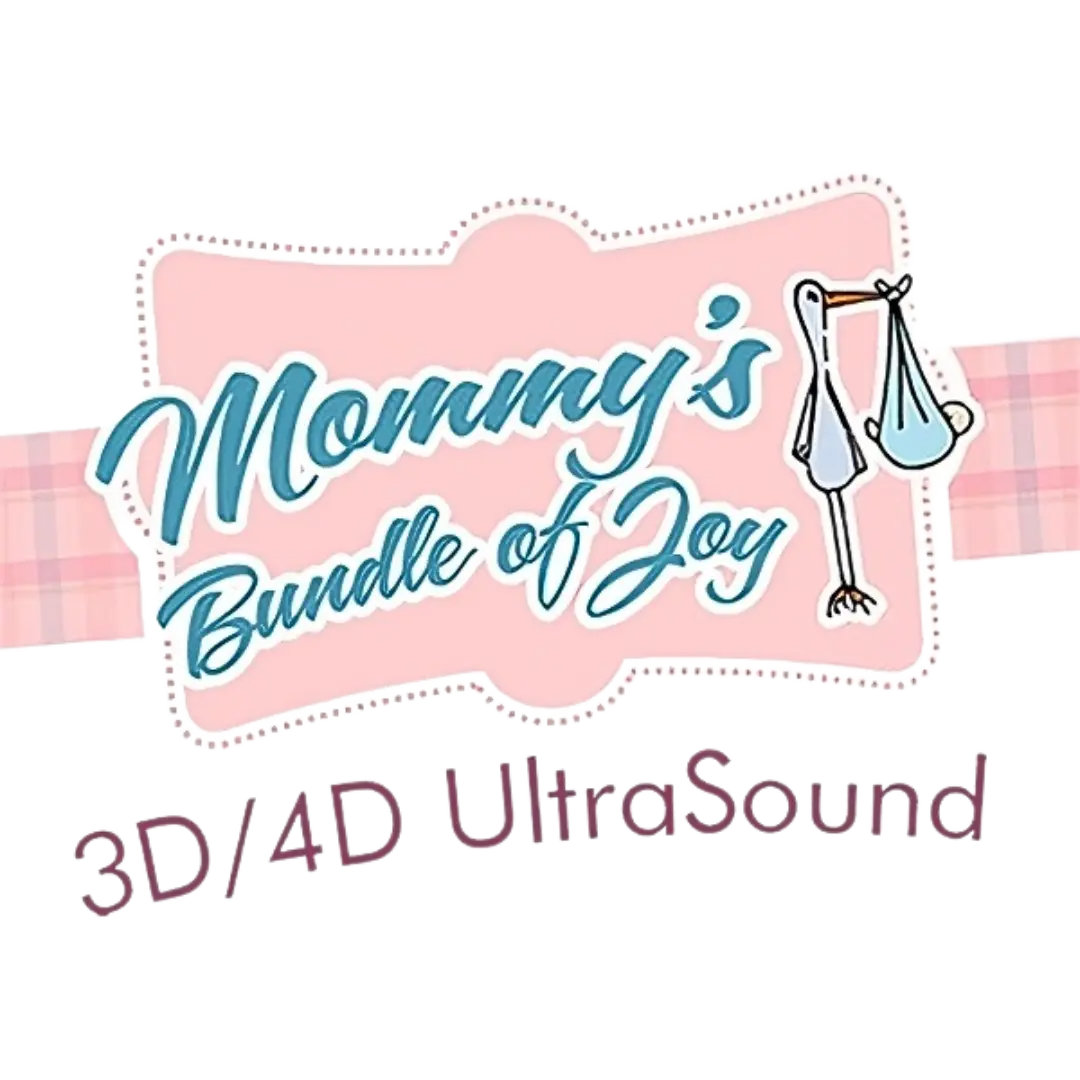Exploring the Differences Between 2D, 3D, and 4D Ultrasounds
Ultrasound technology has transformed prenatal care, giving parents a glimpse into the world of their unborn baby. But with 2D, 3D, and 4D ultrasound options available, understanding the differences between these technologies can be confusing. Let’s explore what sets them apart and how each type can enrich your pregnancy journey.
What is a 2D Ultrasound?
A 2D ultrasound is the most common type of ultrasound used in prenatal care. It uses high-frequency sound waves to create flat, black-and-white images of the baby inside the womb. These images are typically used for:
- Diagnosing Health Conditions: Providing vital information on the baby’s health and development.
- Confirming Pregnancy: Detecting the baby’s heartbeat and estimating gestational age.
- Monitoring Growth: Tracking the baby’s growth and detecting potential abnormalities.
What is a 3D Ultrasound?
A 3D ultrasound creates three-dimensional images, giving a more lifelike view of the baby. By compiling multiple 2D images from different angles, it offers a more detailed perspective. 3D ultrasounds are useful for:
- Visualizing Facial Features: Providing clear images of the baby’s face, hands, and feet.
- Creating Keepsakes: Offering parents a detailed view of their baby to share with family and friends.
- Assessing Development: Aiding healthcare providers in assessing physical anomalies.
What is a 4D Ultrasound?
A 4D ultrasound adds the dimension of time to 3D imaging, showing the baby’s movements in real time. This technology allows parents to:
- See Movements: Watch the baby stretch, yawn, or suck its thumb in real-time.
- Enhance Bonding: Create a deeper emotional connection by seeing the baby’s unique personality.
- Record Videos: Capture videos of the baby’s movements to share with loved ones.

FAQs About 2D, 3D, and 4D Ultrasounds
- Q: Are 3D/4D ultrasounds safe compared to 2D ultrasounds?
- A: Yes, 3D/4D ultrasounds use the same technology as 2D ultrasounds and are considered safe when conducted by trained professionals.
- Q: When is the best time to get a 3D or 4D ultrasound?
- A: The ideal window is between 24 and 32 weeks, when the baby has developed enough features to be seen clearly.
- Q: Are 2D, 3D, and 4D ultrasounds covered by insurance?
- A: Most insurance plans cover 2D ultrasounds used for medical purposes. However, 3D and 4D ultrasounds may be considered elective and might not be covered. Check with your provider.
- Q: How long does a 3D/4D ultrasound session take?
- A: Typically, sessions last about 30 minutes, depending on the baby’s position and cooperation.
Choosing the Right Ultrasound Type
Selecting the right type depends on your needs and what you hope to get from the ultrasound. “Mommy’s Bundle of Joy” offers a variety of packages to suit different preferences, ensuring you get the best experience.
Conclusion
Understanding the differences between 2D, 3D, and 4D ultrasounds can help you make an informed decision about the best option for your pregnancy journey. Each type offers unique benefits, from essential medical information to creating memorable keepsakes. Contact “Mommy’s Bundle of Joy” today to learn more and book your ultrasound session.


